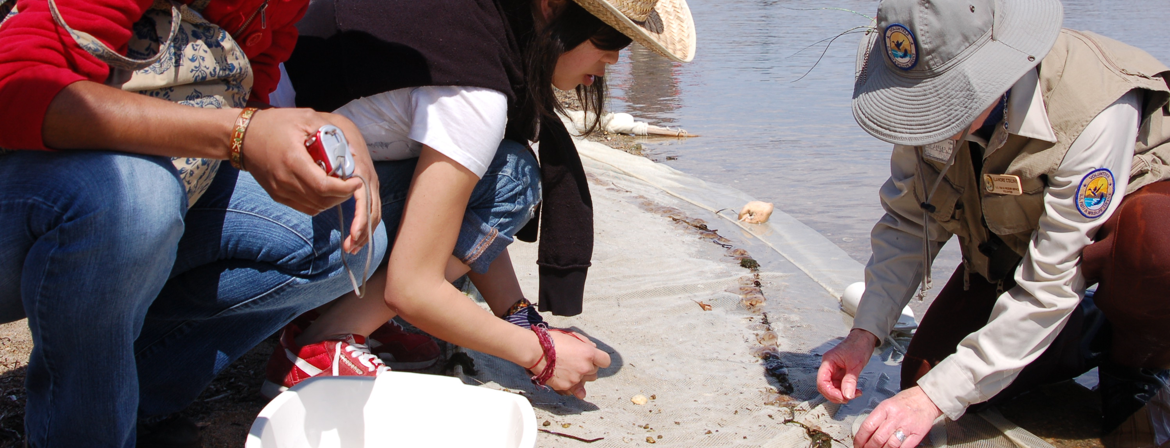Motivating Residents to Conserve Energy Without Financial Incentives
McMakin, A., Malone, E., & Lundgren, R. (2002). Motivating residents to conserve energy without financial incentives. Environment and Behavior, 34(6), 848-863.
The Response to the Commitment with Block-Leader Recycling Promotion Technique: A Longitudinal Approach
Meneses, G., & Palacio, A. (2007). The response to the commitment with block-leader recycling promotion technique: A longitudinal approach. Journal of Nonprofit & Public Sector Marketing, 17(1-2), 83-102.
Effects of Complaining Versus Negative Word of Mouth on Subsequent Changes in Satisfaction: The Role of Public Commitment
Nyer, P., & Gopinath, M. (2005). Effects of complaining versus negative word of mouth on subsequent changes in satisfaction: The role of public commitment. Psychology and Marketing, 22(12), 937-953.
Cohabitation in the United States and Britain: Demography, Kinship, and the Future
Seltzer, J. (2004). Cohabitation in the United States and Britain: Demography, kinship, and the future. Journal of Marriage and Family, 66(4), 921-928.
The Social Diffusion of Influence among Adolescents: Group Interaction in a Chat Room Environment about Antidrug Advertisements
David, C., Cappella, J., & Fishbein, M. (2006). The social diffusion of influence among adolescents: Group interaction in a chat room environment about antidrug advertisements. Communication Theory, 16(1), 118-140.
Diffusion of Innovations in Service Organizations: Systematic Review and Recommendations
Greenhalgh, T., Robert, G., MacFarlane, F., Bate, P., & Kyriakidou, O. (2004). Diffusion of innovations in service organizations: Systematic review and recommendations. Milbank Quarterly, 82(4), 581-629.
Forty Years of Diffusion of Innovations: Utility and Value in Public Health
Haider, M., & Kreps, G. (2004). Forty years of diffusion of innovations: Utility and value in public health. Journal of Health Communication, 9(Suppl1), 3-11.
Diffusion of Innovations: Family Planning in Developing Countries
Murphy, E. (2004). Diffusion of innovations: Family planning in developing countries. Journal of Health Communication, 9(Suppl1), 123-129.
Interconnectivity in Diffusion of Innovations and Market Competition
Redmond, W. (2004). Interconnectivity in diffusion of innovations and market competition. Journal of Business Research, 57(11), 1295-1302.
Changing Homeowners' Behaviors Involving Toxic Household Chemicals: A Psychological, Multilevel Approach
Werner, C., & Adams, D. (2001). Changing homeowners' behaviors involving toxic household chemicals: A psychological, multilevel approach. Analyses of Social Issues and Public Policy (ASAP), 1(1), 1-32.



